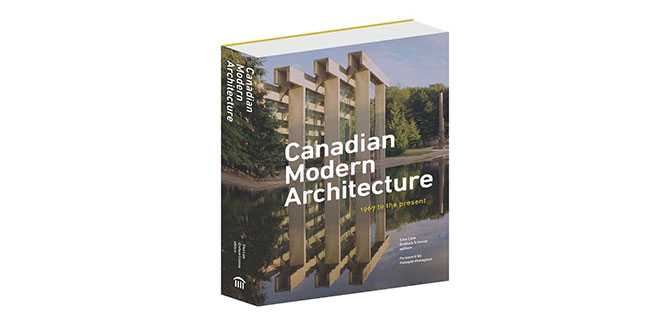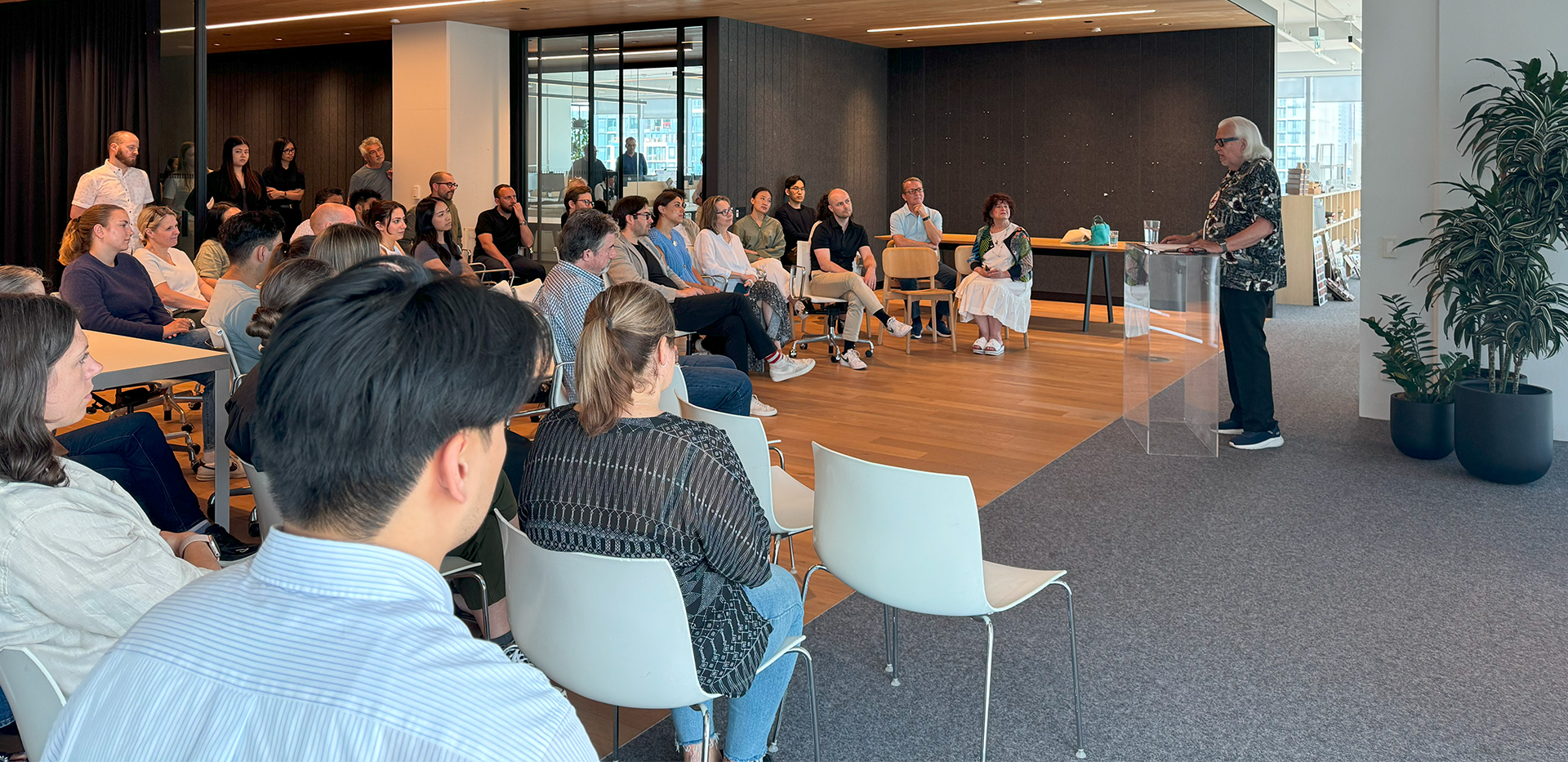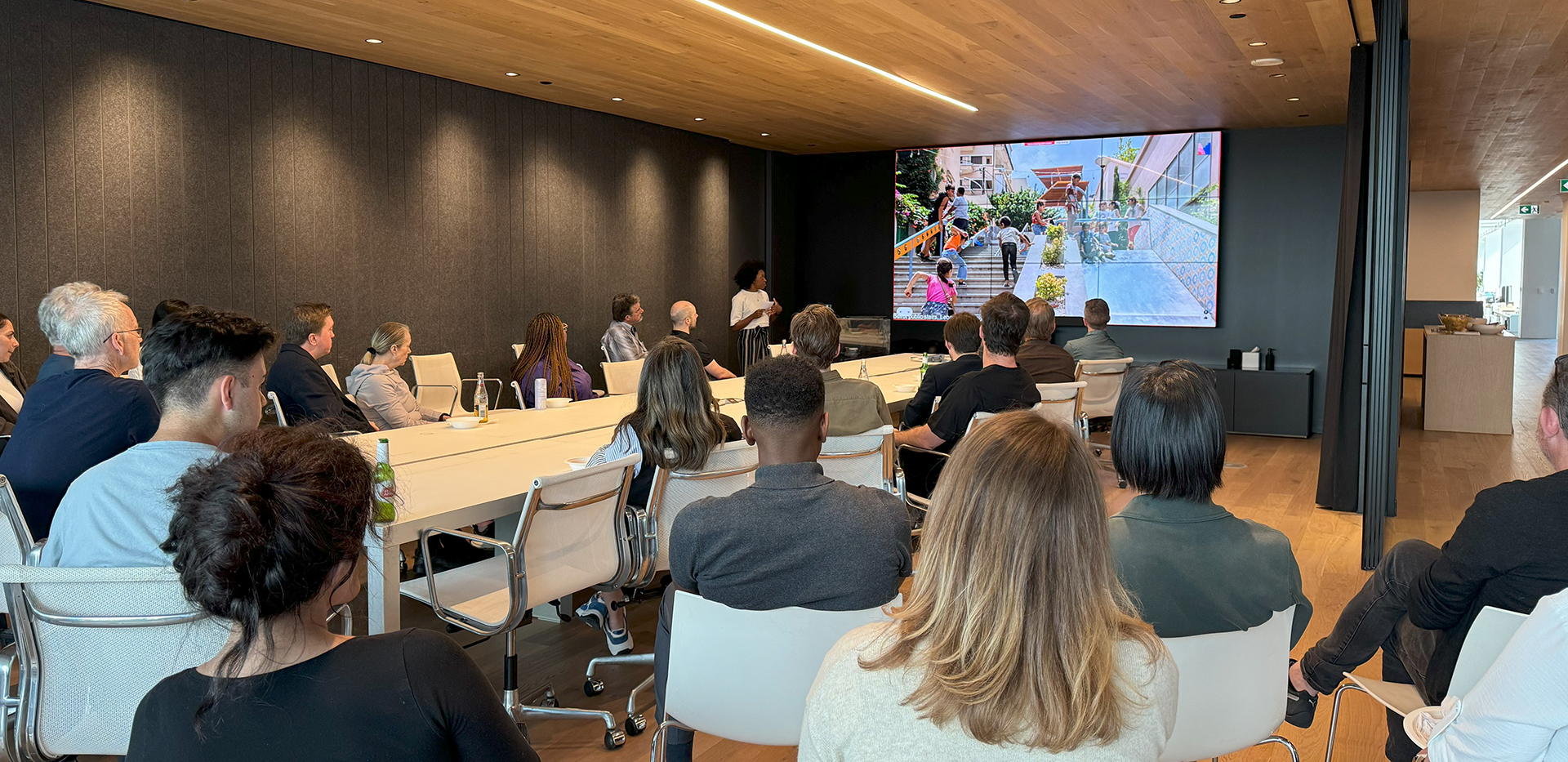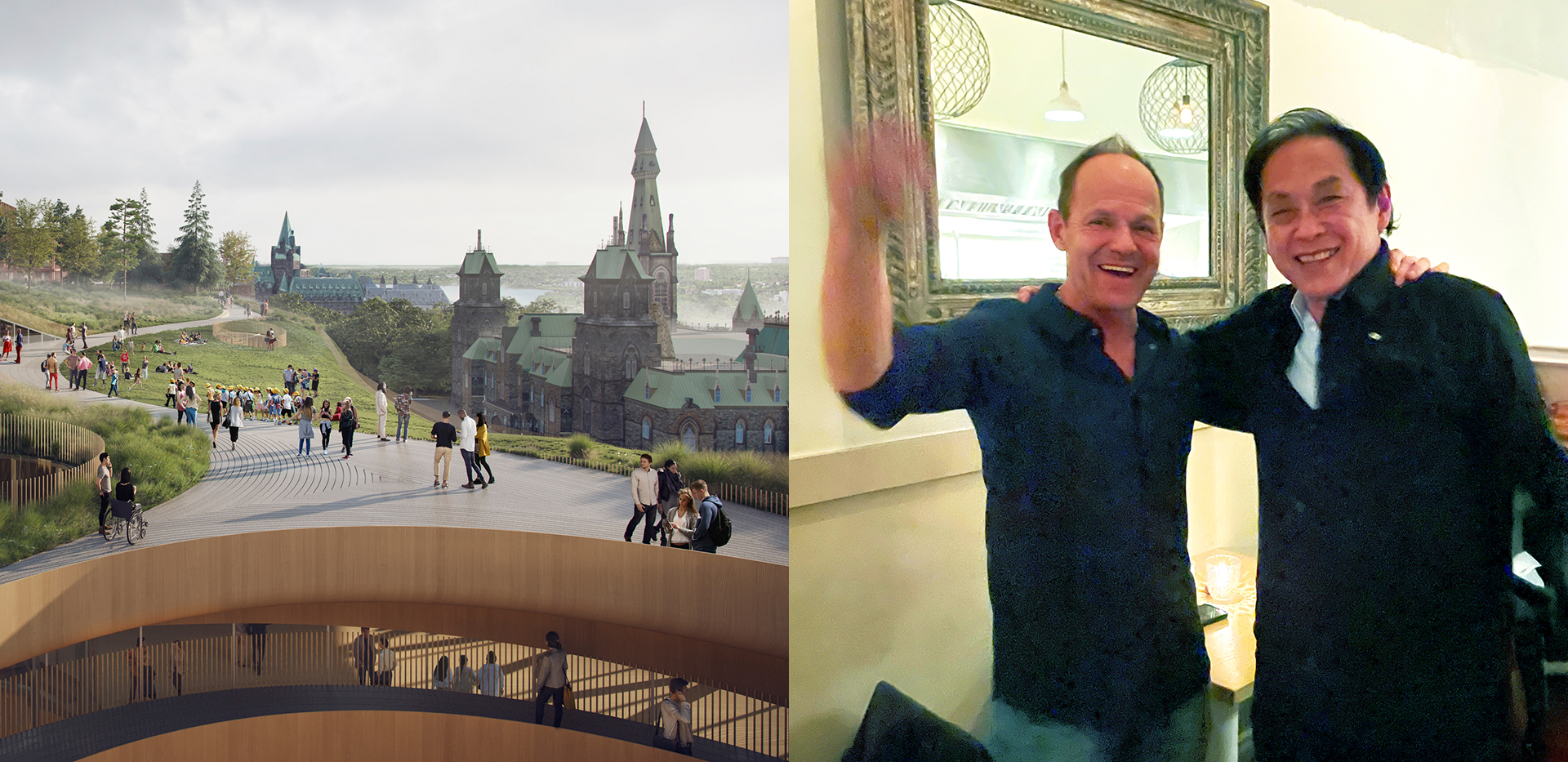The Globe and Mail: Canadian Modern Architecture – 1967 to the present: Edited by Elsa Lam and Graham Livesey

Article content
Click here to view The Globe and Mail
by Alex Bozikovic
Commenting on 16 KPMB projects, including; Kitchener City Hall, Woodsworth College, Canadian Embassy Berlin, Canada’s National Ballet School, Project Grand Jeté, Royal Conservatory TELUS Centre for Performance and Learning / Koerner Hall, Manitoba Hydro Place, and Canadian Museum of Nature.
Title: Canadian Modern Architecture: 1967 to the present
Author: Edited by Elsa Lam and Graham Livesey
Publisher: Princeton Architectural Press
What’s Canadian about Canadian architecture? It’s a difficult question to answer, but on the very first page of this new book, editors Elsa Lam and Graham Livesey throw down the gauntlet: “Distinctively Canadian architecture only emerged mid-century and fully blossomed after 1967, Canada’s centennial year.”
This is a radical statement. It suggests that Canada’s national identity is bound up with the structural playfulness of Moshe Safdie’s Habitat 67, the concrete citadel of the National Arts Centre, Arthur Erickson and Geoffrey Massey’s Simon Fraser University. This is architecture that was experimental and bold, shaped by public money and young minds with wild ideas about new forms for buildings and society.
Lam, of Canadian Architect magazine, and Livesey, of the University of Calgary, make their case well. Architecture grew dramatically in size and quality in the years after the Second World War. The best of it “spoke of a nation mindful of its past, anchored to its place, and ambitious for the future,“ as George Thomas Kapelos puts it in his essay on public architecture.
This book puts that golden period – and all that flows from it – in sharp focus. Lam and Livesey have brought together many of the most distinguished critics and academics in the field, and the result is a long and coherent conversation about the importance of modern Canadian architecture. The book is highly readable and heavily illustrated, an asset to professionals and to average citizens.
It is by turns an exhilarating and depressing narrative: Canada, in this book, appears as a country that announced itself on the world stage in the 1960s and 1970s with incredible ambition but, since then, has retreated toward the mean.
In the postwar period, Canadian governments explicitly used architecture as a tool of country-building. John Diefenbaker spoke to an assembly of the Royal Architectural Institute of Canada in 1960 and asked the architects for places “to touch the hearts of Canadians” and “represent the unity of our country.” The results must have blown Dief’s mind. Within a decade, an array of concrete culture palaces were in place across the country, from the Museum of Vancouver to the Ontario Science Centre to the heroic Confederation Centre of the Arts in Charlottetown. But the fever wouldn’t last.
In their essay on the Centennial projects, those mad expressions of Canadian nationalism, Colin Ripley and Marco Polo suggest that the utopianism of 1967 “represented a version of the future whose time was already past.” What came next? The green seventies; the postmodernism of the Eighties; the austerity of the nineties. Essays in this collection trace these periods with care, and there are some revelations – such as The Ark for Prince Edward Island (1977), which translated hippie anti-consumerism into technically complex architecture. Larry Wayne Richards’s essay on the postmodern movement ably unpacks that complex and insular architectural conversation.
And as Canada’s cities and suburbs continued to grow, the country’s architectural culture has certainly become more inclusive and larger in scale.
To explain all this, the journalist Adele Weder brings her unparalleled expertise to recent Vancouver architecture and urbanism, while David Theodore of McGill University does the same, authoritatively, in Quebec. Lola Sheppard and Mason White reveal some of the astonishing experimentation under way in the Arctic.
The editors themselves bring their own local perspectives. Livesey looks over the modernism of the Prairies and Lam focuses a clear eye on Toronto.
On the whole, these 15 essays fare remarkably well at distilling a complex history. There are moments when the criticism is too gentle; a few sub-par buildings get treated with kid gloves, which seems inevitable in such a small world as Canadian architecture. (Full disclosure: I’m friendly with more than half the authors in this book, and have written for Canadian Architect magazine.)
But, as in other fields of Canadian culture, this intimacy can cut both ways. Some of the best buildings of this period are treated matter-of-factly here; strangely it’s veteran architect and academic George Baird, one of the most worldly of the contributors, who musters up the most visible enthusiasm. His essay on megastructures and high-tech captures a set of “revolutionary” buildings including Simon Fraser, the University of Toronto Scarborough campus and Ontario Place.
Baird knows the value of these places. And they’re fragile. The latter, Eberhard Zeidler‘s masterwork in Toronto – “an unforgettable Canadian architectural icon,” as Baird puts it – is in danger of being demolished entirely. Erickson and Massey’s Simon Fraser University campus in Burnaby has been badly compromised, and another of its original buildings is slated for demolition right now. Even the Eaton Centre is having its design identity stripped away piece by piece.
Generally, many of the icons of the sixties and seventies are in trouble. The National Arts Centre in Ottawa, arguably the most important of the Centennial projects and prominently featured here, got a renovation a few years ago that was remarkably intrusive upon this recognized heritage building. It’s a sort of disrespect that Canadian Modern Architecture seems designed to correct.
But the next decades for Canadian architecture look equally tough. While the book puts a brave face on this, ruthless efficiency is the order of the day – both among those who commission buildings and in the architectural profession itself. Lam, Livesey and their co-authors share a consensus that public architecture is at the heart of Canadian architecture; governments, universities and public institutions are the patrons and the visionaries here. This view is fundamentally correct; the best buildings are ones we make together, and when we come together for such projects, that is when we’re most Canadian.
Related News
Celebrating Indigenous History Month 2024 at KPMB
July 12, 2024Celebrating Pride Month 2024 at KPMB
July 12, 2024
)
)
)